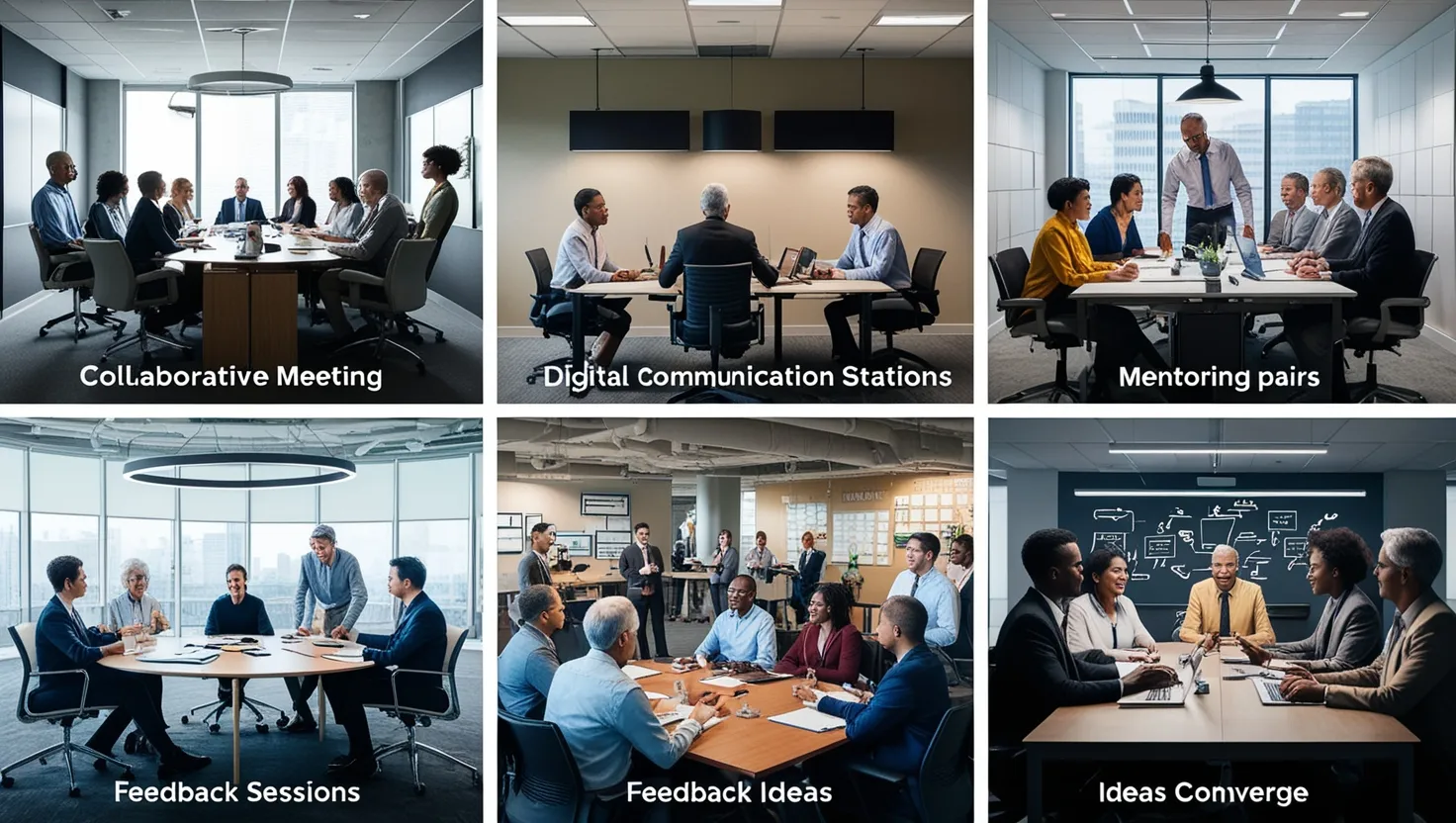Leadership today requires a fine-tuned balance of adaptability and ingenuity, especially when working across the diverse generational landscape of modern workplaces. With individuals from Baby Boomers to Gen Z now sharing office space, the task of leading a cohesive team requires more than just skill—it demands habits that resonate universally while respecting differences. Let’s explore five strategic leadership habits that foster cross-generational influence, building from both practical insights and examples of leaders who thrive in this challenging environment.
Combining traditional authority with a collaborative approach is often the first step in bridging generational divides. While traditional hierarchies may align well with older generations, younger employees often expect a more participatory dynamic. Picture a seasoned CEO who embraces both ends of the spectrum: maintaining a decisive presence while inviting team-wide input at crucial moments. The result? A team where experience is respected without stifling innovation. Can you recall a time when collaboration reshaped a decision? Leadership is about knowing when to hold the reins and when to pass them.
“Leadership is not about a title or a designation. It’s about impact, influence, and inspiration.”—Robin S. Sharma
Tying short-term wins to long-term vision is another habit that cements credibility across age groups. Younger employees, often motivated by immediate results, need to see how their tasks contribute to the larger mission. Conversely, older team members, accustomed to long-term planning, appreciate how today’s success sets the stage for tomorrow’s growth. One exemplary leader I observed regularly connected daily successes to broader outcomes—ensuring her team, regardless of age, saw their work as part of a meaningful narrative. On that note, how often do you remind your team of their lasting impact?
Balancing digital communication with face-to-face interactions addresses one of the most talked-about generational divides. Millennials and Gen Z may thrive in digital-first environments, while Boomers and Gen X often feel more engaged through in-person or verbal exchanges. A leader who alternates between hosting team-building lunches and leveraging collaborative platforms like Slack or Teams can bridge gaps. Think about this: when did your last face-to-face touchpoint or virtual discussion build trust with a colleague? The method matters as much as the message.
“Take the time to understand the preferences of your people. It’s not about one-size-fits-all communication but rather showing you’re willing to meet them halfway.”—Anonymous
Translating expertise into accessible learning opportunities is a particularly effective way to unite generations. Senior workers often possess deep institutional knowledge, while younger counterparts bring fresh perspectives and tech-savviness. Pairing them in mentoring arrangements—whether formal or ad hoc—creates an indispensable knowledge loop. Consider a project that thrives when a younger employee provides a tech shortcut while a veteran employee outlines potential pitfalls using years of experience. Isn’t there untapped potential in all corners of your office? Leadership lies in making such connections.
Adapting feedback styles to align with generational preferences ensures that everyone feels heard and valued. While real-time feedback resonates with younger team members, older groups might favor structured reviews. A transformative leader I worked with instituted dual feedback systems—weekly ‘quick hits’ for quick learners and deeper quarterly discussions for more reflective individuals. Both groups flourished because their preferences were considered. When was the last time you asked someone how they prefer feedback? It can be a game-changer.
“Leadership is not about seeking consensus but about molding it.”—Martin Luther King Jr.
Interestingly, these habits also deeply affect inclusivity. When leaders communicate effectively across generational styles, they cultivate an environment where innovation thrives through diverse input. From an older worker sharing a proven sales technique to a younger employee suggesting an app for time management, the cross-pollination of ideas creates breakthroughs. How do you make space for such exchanges in your teams?
Ultimately, these five strategic habits underline one truth: great leadership stems from empathy and adaptability. By respecting differences and finding common ground, leaders not only align people of all ages with organizational goals but also create a workplace where every individual—regardless of birth year—feels empowered to contribute.






